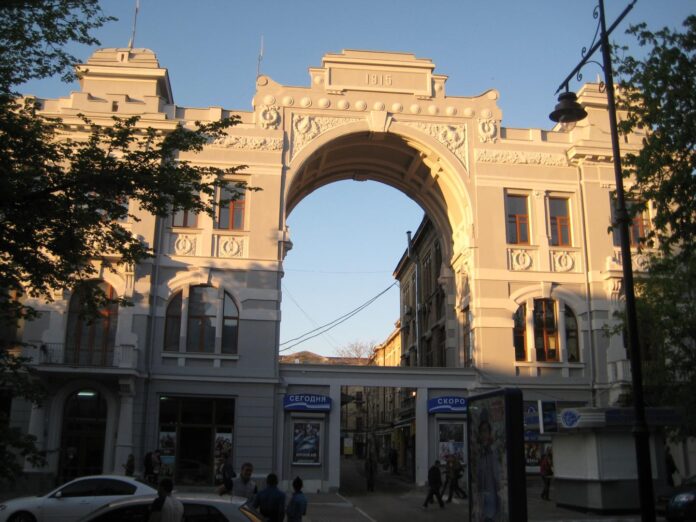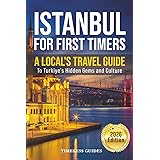Today, roughly one-third of Turkey’s population consists of descendants of very different Turkic tribes and Caucasian and Balkan peoples who flocked to these lands as a result of the rapid shrinkage and subsequent collapse of the Ottoman Empire in the late 19th and early 20th centuries. Crimea was one of the lands that formed the source of the Turkish-Muslim predominantly millions of people coming from the north-east and north-west axis of the Anatolian lands. A considerable part of the doctrinal and ardent supporters of the ideology and policy of Turkish-Islamic nationalism, which would later be established gradually and constitute an important pillar of the social and political problems experienced today, consisted of immigrants who migrated from the Crimean Peninsula together with the Tatarstan region of Russia.
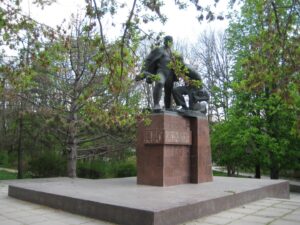
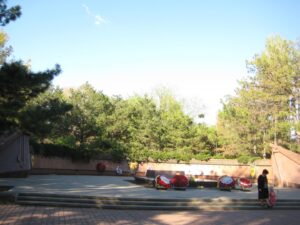
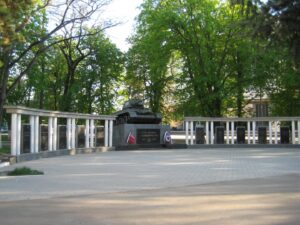
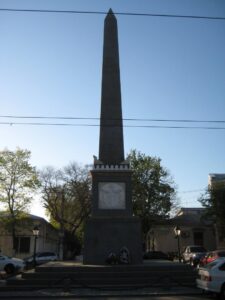
Aside from the extremely limited number and proportion of the masses who can show the location on the map when the Crimean Peninsula is mentioned in Turkey today, the fact that there are exactly 6 million people whose ancestry is based on the Crimean Tatars in today’s Turkey is enough to surprise people even more.
The Crimean Tatar Khanate, the biggest ally of the Ottoman Empire and the only state that the Ottomans declared their official successors. Following the Treaty of Küçük Kaynarca, signed with the Russian Tsardom in 1774, Crimea was annexed by II.Yekaterina in 1783 and mainly after the Crimean War of 1854-1856, and after the 1917 October Revolution and the First World Wars, approximately 2 million people migrated directly or indirectly to today’s mainland of Turkey. In recent years, when everyone is looking for each other’s ancestors, we go to the Autonomous Region of Crimea, the homeland of the Crimean Tatars, an autonomous province today and trace the history and the past…
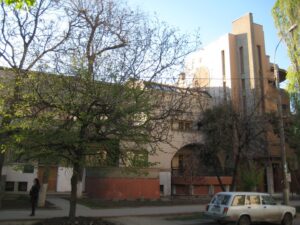
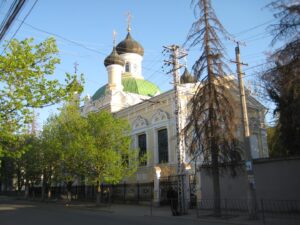
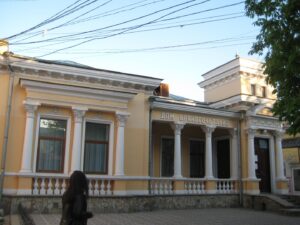
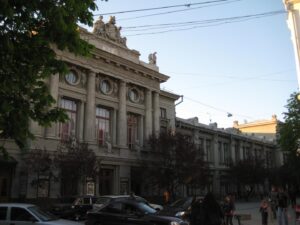
The Capital Of Crimea Simferopol (Old Turkish Name Akmesçit)
Crimea, whose population of over 2 million is scattered and homogeneously distributed on the peninsula almost the size of Thrace, also has a capital city as it is an autonomous region: Simferopol.
Although I had the impression of a rather faint and unqualified city when I passed by the city, which means “Useful city” in Ancient Greek, years ago on my way to Sevastopol and when I stopped by for a day, I had the opportunity to visit Simferopol in detail during the cemre days that passed from winter to spring. After all, the city has no characteristic that gives it a clear architectural, aesthetic or natural distinctive feature. Therefore, it is inevitable for Simferopol to define an eclectic city in all aspects.
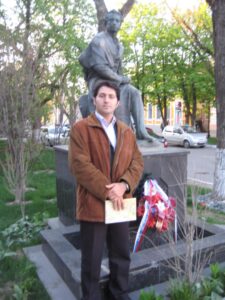
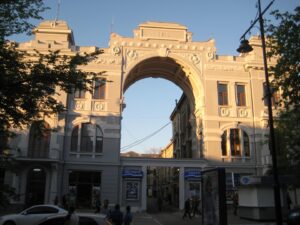
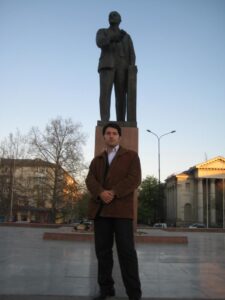
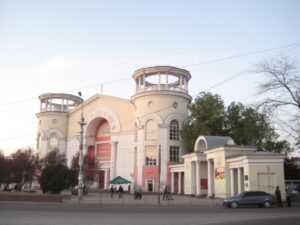
Due to the fact that it was founded much later than many Russian and Ukrainian historical cities, and that it is located in the pit inner region of Crimea and is far from trade routes and as being the capital city, today the city looks like a heterogeneous collection of settlement and cultural-architectural traces of recent periods.
It has the identity of the only university city of Crimea with its population close to 400,000 and its cosmopolitan structure.
Simferopol also houses the Tatar Milli Majlis. In 1944, while the war was still going on, the Tatars, who were exiled to Central Asia and returned to the Peninsula en masse when the Soviet Union was in the process of disintegration.
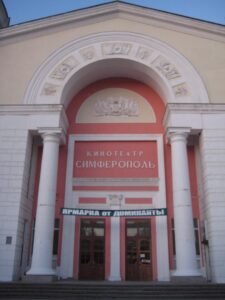
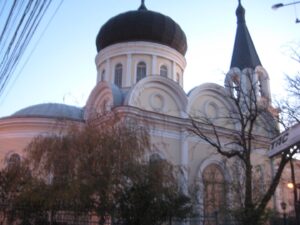
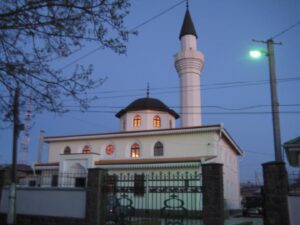
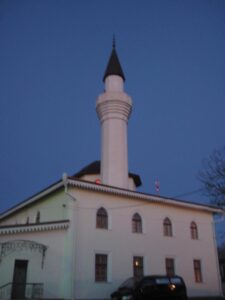
After organizing the Crimean Tatar Congress, they established their own national parliament, a theater in their own language, and a pedagogical institute. It is possible to see the Crimean Tatars, whose population is approaching three hundred thousand in total, in every nook and cranny of the peninsula and in all areas of social life. It is very easy to communicate with Tatars, who can speak their second language, Russian, like their mother tongue, with Turkey Turkish.
Despite all its obscurity and concealment, Simferopol (Akmesçit) still has a heritage and urban skyline that proves it has a Russian Imperial and Soviet Union past. In the capital city of Crimea, which is full of museums, museum-houses, monuments and sculptures and has a very organized and green urban settlement, you are greeted by the house where the world-famous novelist, philosopher and activist Lev Tolstoy once lived. The author, who participated in the Crimean War as an officer, traveled and lived in the region for a few years. Again, the high school where immortal personalities such as the world-renowned scientist Dmitri Mendeleev, who developed the periodic table of elements in chemistry, and the romantic painter of the 19th century, Ivan Konstantinovic Aivazovskiy, whom we know for his paintings of the Black Sea and Istanbul, attended, is really worth seeing.
Kebir Mosque, which is considered to be the oldest building in the city, appears before you as you wander the narrow streets of the old Tatar quarter in the city center with its very plain and quiet appearance. Apart from these, Simferopol, which is connected to the city of Yalta with the longest trolleybus line in the world with a total length of 87 kilometers; It is possible to see statues of political and cultural cults such as Lenin and Pushkin, as well as monuments to the homeland war at all central points.

